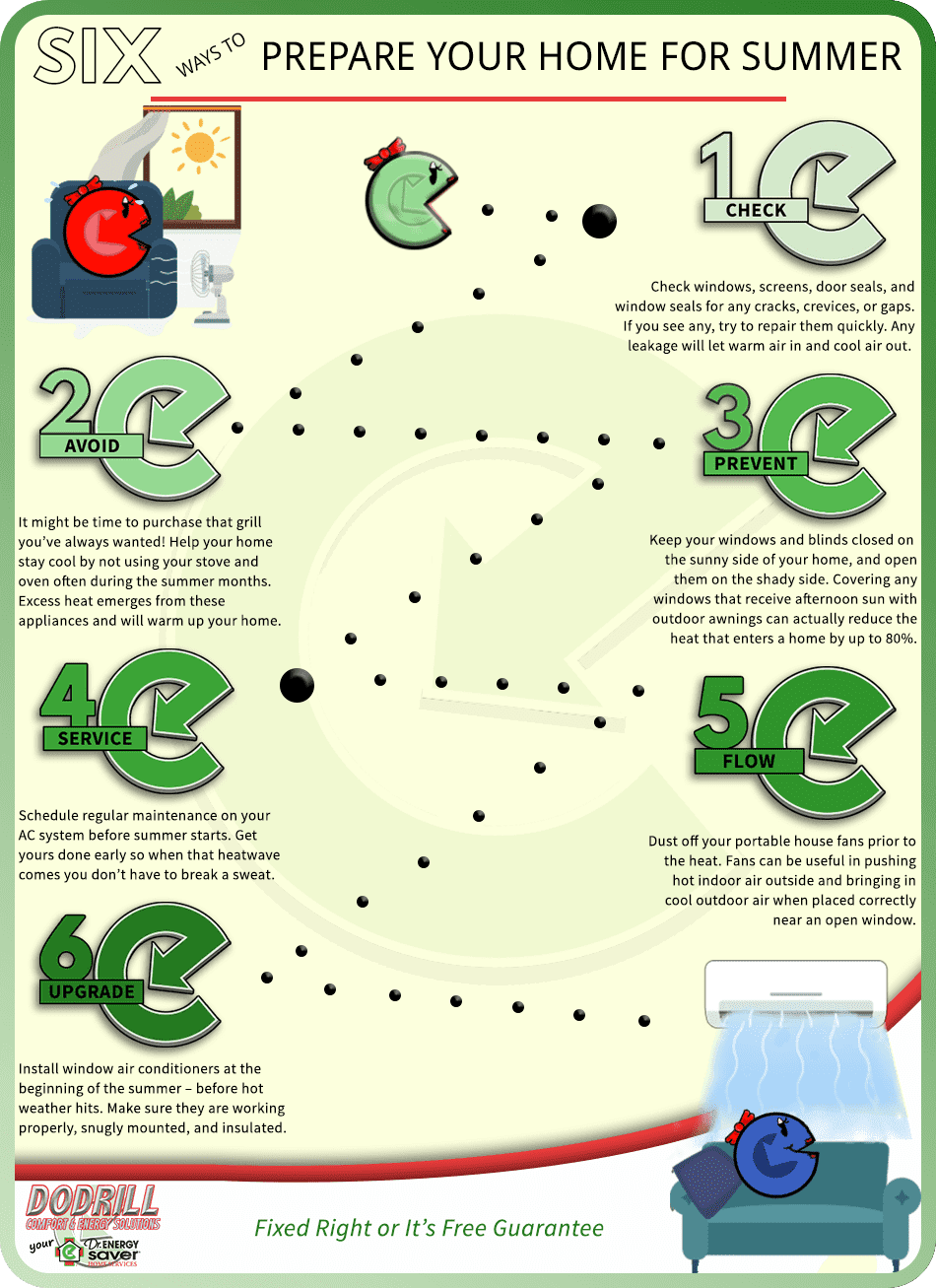The Most Effective Pressure Washing Approaches For Different Surfaces
The Most Effective Pressure Washing Approaches For Different Surfaces
Blog Article
Material Writer-Hyde Markussen
When it pertains to pressure washing, the technique you pick can make all the distinction in accomplishing a clean, streak-free coating. You could find that hard surfaces, like concrete, call for a different approach than softer materials, such as wood or plastic. It's necessary to adapt your methods to the surface kind to avoid damages while optimizing cleansing efficiency. So, what are the best strategies for each surface area, and just how can you ensure you're making use of the appropriate settings and devices for the task? Allow's explore what Visit Homepage require to understand to obtain the very best results.
Tough Surface areas
When it pertains to push washing difficult surfaces, prep work is key. Before you also consider pulling out the pressure washer, take the time to remove the location of any kind of debris, furnishings, or obstacles. You don't desire anything entering your method or potentially destructive your tools.
Next off, inspect the surface for any type of cracks or damages; this will certainly help you identify the appropriate approach and stress settings.
When you've prepared the area, it's important to pick the appropriate nozzle. For difficult surface areas like concrete or brick, a narrow nozzle (15 or 25 levels) functions best to supply a concentrated stream of water that can properly get rid of grime and stains. Constantly begin at a distance and slowly relocate closer to prevent any surface damages.
As you begin washing, maintain the stick transferring to stop streaks and over-saturation. It's likewise practical to function from the top down, allowing dust and particles to wash away naturally.
Finally, remember to rinse pressure wash driveway cost after cleaning to get rid of any leftover cleaning agent. With these methods, you'll accomplish a tidy and renewed appearance on all your hard surfaces.
Soft Surfaces
Stress washing soft surface areas requires a gentler method to safeguard them from damage. Whether you're cleansing your deck, patio area furnishings, or siding, making use of excessive stress can bring about dents, scratches, and even permanent injury.
Start by selecting a low-pressure nozzle, preferably a 25-degree or larger spray pattern, to spread the water much more gently.
Prior to you begin, it's critical to pre-treat any discolorations with an appropriate cleaning service. This step enables the cleaner to penetrate the dirt and grime, making it easier to remove without rubbing too hard.
Constantly apply the service from all-time low approximately prevent streaking.
When you start pressure washing, preserve a range of a minimum of 12 to 18 inches from the surface area. Relocate your wand in a sweeping activity, keeping it parallel to the surface area to prevent focused stress on one place.
Wash the location thoroughly after cleaning to get rid of any kind of residual cleanser.
Finally, check the surface area for any missed out on places and repeat the procedure if needed. By adhering to these actions, you can successfully clean soft surfaces while protecting their integrity and appearance.
Specialty Surfaces
Cleaning soft surface areas needs care, yet specialty surface areas demand even more focus to information. When you tackle these surfaces, like fragile wood, discolored concrete, or particular sorts of home siding, utilizing the appropriate pressure washing methods is essential to prevent damages.
Initially, examine the material. As an example, treated timber can typically endure moderate stress, but softer timbers like cedar may call for a reduced setting. Constantly start with the most affordable stress and slowly raise if required.
For stained concrete, utilize a follower spray nozzle and keep a regular distance to stop engraving the surface.
When dealing with surfaces like plastic home siding or painted surface areas, a large spray pattern aids disperse the stress uniformly, shielding the finish.
It's also important to use detergents especially developed for specialized surface areas. They can improve cleaning without compromising the product.
Wash completely after cleaning to remove any type of residue, as it can result in discoloration or degeneration over time.
Final thought
In conclusion, mastering pressure washing techniques for different surfaces can make all the distinction in your cleansing results. For tough surface areas, adhere to slim nozzles and a top-to-bottom strategy, while soft surfaces need a gentler touch with bigger nozzles. Don't neglect to pre-treat spots and rinse extensively to stay clear of deposit. By adjusting your approaches to every product, you'll not only achieve a cleaner coating yet also protect the honesty of your surfaces. Delighted cleansing!
